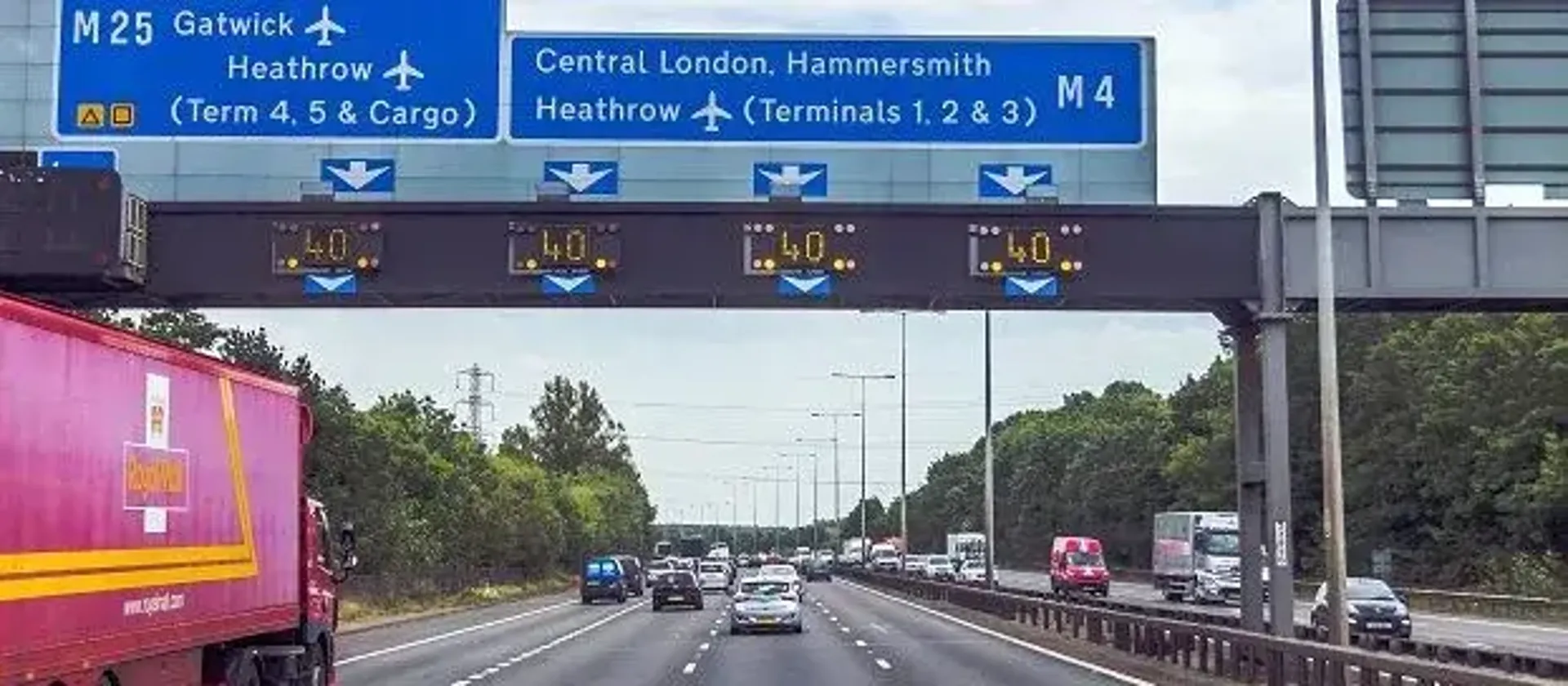
19/09/2018
There’s a lot to stay abreast of when it comes to being a UK motorist. A recent hot topic is smart motorways.
There’s a lot to stay abreast of when it comes to being a UK motorist.
A recent hot topic is smart motorways. Since their introduction, Highways England have reported a reduction of around 50% in personal injury accidents and less severe accidents. Read on to find out how to prepare your fleet drivers for a safe driving experience on smart motorways.
There are three types of smart motorways:
- controlled motorways,
- dynamic hard shoulder running schemes
- and all lane running schemes.
On controlled motorways, you will find three or more lanes and a hard shoulder (only intended for emergencies), with variable speed signs displayed on gantry signs. It’s important to be vigilant, as speeds may change frequently, depending upon traffic conditions at that particular time. Where no speed limit is displayed, national speed limit applies. A short time delay is in place, allowing drivers to adjust speed in time, without the risk of being caught out by speed cameras.
Dynamic hard shoulder running schemes allow for the hard shoulder to be open, to help to ease congestion during particularly busy times. Drivers must only use the hard shoulder when displayed on the gantry signs above. A red ‘X’ indicates that you must exit that lane as soon as possible.
All lane running schemes see the removal of the hard shoulder, converting it into a running lane. The mandatory speed limit is displayed on gantry signs. For drivers concerned about changes in speed limits, Highways England has clarified that as with controlled motorways, short time delay is in place, allowing drivers to adjust speed in time. However, this can be just a few seconds, so vigilance is encouraged at all times.
In case of an incident, emergency refuge areas are set up but be aware that these are further apart than on some sections of motorway. Ensure that hazard lights are on.
The risk of fines for speeding and ignoring red ‘X’ signs are always present. In fact, due to variables speed limits, the risks are much higher. It’s easy to ‘switch off’ on motorways but smart motorways require a higher level of concentration.


